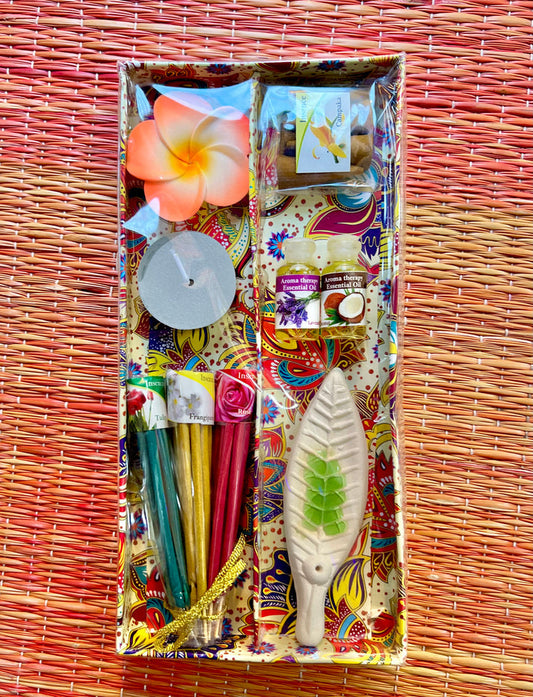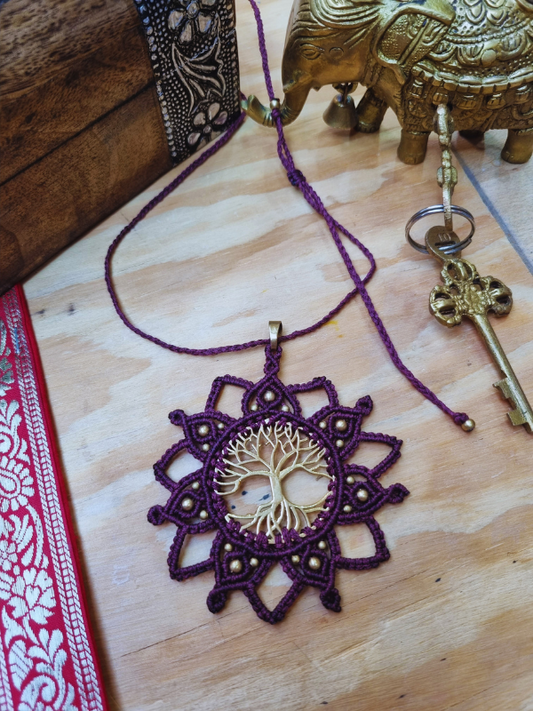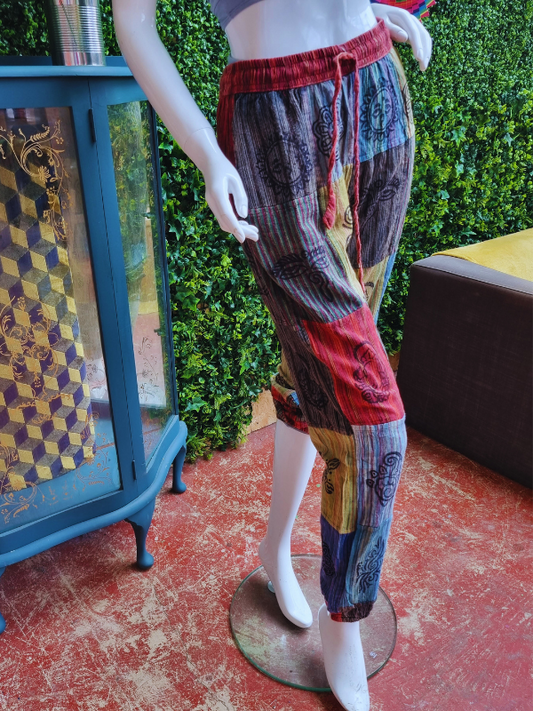Buddha statues have long been a significant aspect of spiritual decor in homes, temples, and gardens across the world. These statues, which often embody peace, wisdom, and enlightenment, are more than just decorative pieces; they hold deep symbolic meaning and historical significance. Whether you’re a collector of spiritual decor or someone interested in understanding the roots of these sacred items, this guide will provide insight into the history and symbolism behind Buddha statues and how they can be integrated with spiritual jewellery to enhance your personal space.
The Origins of Buddha Statues
The origins of Buddha statues date back to the 5th century BCE, following the death of Siddhartha Gautama, who is commonly known as Buddha. Buddha, meaning “The Enlightened One,” was a spiritual leader whose teachings laid the foundation for Buddhism. However, it wasn’t until centuries after his passing that his image began to be represented in physical form.
The earliest depictions of Buddha were not in the form of statues but were represented through symbols such as the Bodhi tree, the Dharma wheel, and the empty throne. These symbols were used to convey the presence and teachings of Buddha without depicting his physical form. The reluctance to create statues of Buddha was rooted in the belief that it was more appropriate to focus on his teachings rather than his physical appearance.
It was in the Gandhara region, present-day Pakistan and Afghanistan, during the 1st century CE, that the first anthropomorphic representations of Buddha began to emerge. Influenced by Greek and Roman art due to Alexander the Great’s conquests, these early Buddha statues often displayed Greco-Roman artistic characteristics, such as flowing robes and realistic human forms. This fusion of styles marked the beginning of the rich tradition of Buddha statues that we see today.
The Symbolism of Buddha Statues
Buddha statues are rich in symbolism, and each aspect of the statue holds specific meaning. Understanding these symbols can deepen one’s appreciation of these spiritual decor pieces.
Mudras (Hand Gestures): One of the most distinctive features of Buddha statues is the mudras, or hand gestures, which symbolise different teachings and principles of Buddhism. For example:
Dharmachakra Mudra: Represents the turning of the wheel of Dharma (teaching). This gesture is often depicted with both hands close to the chest, with the thumbs and index fingers forming circles.
Dhyana Mudra: Symbolises meditation and concentration. It is typically depicted with both hands resting in the lap, right hand over left, with thumbs touching.
Bhumisparsha Mudra: Signifies Buddha’s enlightenment under the Bodhi tree. It is represented by the right hand touching the ground, calling the earth to witness Buddha’s enlightenment.
Facial Expressions and Posture: The serene expression and posture of Buddha statues are intended to convey a sense of inner peace and enlightenment. The half-closed eyes symbolise the state of meditation, where one is focused inward while still being aware of the external world. The slight smile on the statue’s face represents the joy of enlightenment.
Lotus Flower: Often depicted as a base or in the hand of the Buddha, the lotus flower is a powerful symbol in Buddhism. It represents purity, enlightenment, and rebirth. The lotus grows in muddy water but rises above it to bloom, symbolising the journey from ignorance to spiritual awakening.
Elongated Earlobes: The elongated earlobes seen on many Buddha statues are symbolic of Buddha’s renunciation of material wealth and worldly possessions. They are also thought to represent wisdom and compassion.
Buddha Statues in Different Cultures
While Buddha statues originated in South Asia, their significance and appearance have evolved as Buddhism spread across different cultures.
Thailand: Thai Buddha statues are often slender and graceful, with smooth and delicate features. The statues are usually depicted in a walking or standing posture, with the right hand raised in the Abhaya Mudra, symbolising protection and fearlessness.
China: Chinese Buddha statues are known for their fuller and rounder appearance, often depicting the Laughing Buddha, a symbol of happiness, abundance, and good fortune. This figure is different from the historical Buddha, Siddhartha Gautama, but has become an important symbol in Chinese Buddhism.
Japan: In Japan, Buddha statues are often depicted with a more reserved and austere appearance, reflecting the Zen Buddhist influence. The statues are typically seated in the lotus position, with the Dhyana Mudra, representing meditation and the pursuit of enlightenment.
Integrating Buddha Statues into Your Spiritual Decor
Incorporating Buddha statues into your spiritual decor can bring a sense of calm and serenity to your living space. Here are some tips on how to do so effectively:
Placement: Buddha statues should be placed in a respectful and elevated position, preferably facing the entrance of a room to welcome positive energy. Avoid placing the statue directly on the floor or in locations such as the bathroom or kitchen.
Complement with Spiritual Jewellery: To create a harmonious and spiritually uplifting environment, consider complementing your Buddha statues with spiritual jewellery. Pieces such as mala beads, chakra bracelets, or pendants with symbols like the Om or lotus can enhance the spiritual energy of your space. These items can be displayed near the Buddha statue or worn during meditation to deepen your connection to the practise.
Create a Meditation Space: A dedicated meditation space with a Buddha statue as the focal point can be a powerful way to cultivate mindfulness and inner peace. Consider adding other spiritual decor elements, such as incense holders, candles, and cushions, to create a serene and inviting atmosphere.
Buddha Statues and Spiritual Jewellery: A Perfect Pairing
Spiritual jewellery has long been used as a tool for mindfulness and meditation, making it a perfect pairing with Buddha statues in your spiritual decor. These pieces not only serve as beautiful accessories but also carry symbolic meanings that can enhance your spiritual practise.
Mala Beads: Often used in meditation, mala beads are a type of spiritual jewellery that can help you focus during your practise. Traditionally, they are used to count mantras or breaths, and when placed near a Buddha statue, they can amplify the statue’s symbolic representation of wisdom and meditation.
Chakra Bracelets: Chakra bracelets are designed to balance the body’s energy centres, promoting physical, emotional, and spiritual well-being. Displaying these bracelets alongside a Buddha statue can serve as a visual reminder of the importance of maintaining balance and harmony in life.
Spiritual Necklaces: Necklaces featuring symbols like the lotus flower, Om, or the Buddha himself can be worn as a personal talisman or displayed as part of your spiritual decor. These necklaces can serve as a connection between your inner spirituality and the physical representation of the Buddha.
Conclusion
Buddha statues are not just decorative items; they are profound symbols of peace, enlightenment, and spiritual wisdom. Understanding the history and symbolism behind these statues can deepen your appreciation for them and enhance the spiritual energy of your space. By integrating Buddha statues with spiritual jewellery and other spiritual decor elements, you can create a serene and harmonious environment that supports your spiritual journey.
Whether you are new to Buddhism or a seasoned practitioner, incorporating these sacred items into your home can bring a sense of calm and purpose to your everyday life.




